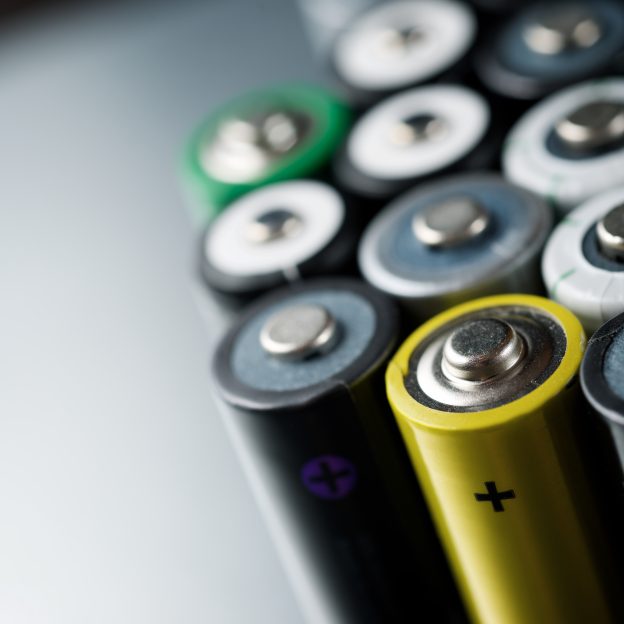Norway aims to be a leader in the battery storage market in the Nordic region, but Sweden and Finland have surpassed it in BESS deployments. Jon Ferris, an analyst at research firm LCP Delta, examined the energy storage market dynamics in the Nordic region in a recent study.
A decade ago, Europe had yet to install its first grid-scale lithium-ion battery when Statnett, Norway’s transmission system operator (TSO), announced its ambition for Norway to become “the battery of Europe.” Since then, nearly 3 GW of interconnector capacity has been installed to link the GB and German markets with Norway’s substantial hydro capacity.
However, across Europe, battery capacity now exceeds 20 GW, with Great Britain, Germany, and Italy leading this growth. In contrast, Norway’s battery market remains underdeveloped, even compared to its neighbors.
Sweden and Finland Lead Grid-Scale Deployments
In Finland, the largest battery is currently located at Olkiluoto, developed much more quickly than the nuclear plant at the same site. Data from LCP Delta’s StoreTrack shows over 300 MW of grid-scale batteries are expected to come online in the next two years, and the telecoms operator Elisa plans to install 150 MWh of batteries across its sites.
Sweden, on the other hand, boasts a more advanced residential storage sector and a larger pipeline of grid-scale batteries than all the other Nordic countries combined, with around 400 MW slated for operation in 2024 alone.
Most BESS projects in Sweden are 1-hour systems, with their business case still heavily focused on ancillary service markets.

New Markets Create Opportunities for Startups
While Polarium focuses primarily on the industrial and residential sectors, Sweden’s grid-scale storage is being driven by Ingrid Capacity, which has announced a pipeline of 400 MW capacity for 2024. Other startups advancing the country's storage sector include Flower Technologies, which recently acquired a 42.5 MW battery from OX2, and the optimizer Fever, which is supporting Conapto’s data center battery in participating in frequency response markets.
The Finnish startup scene is also growing, with CapaloAI optimizing Exilion’s 6 MW battery across multiple markets. In Norway, where the electricity market is dominated by hydro, startups like Enode are adopting a broader approach, while Eco-Stor is targeting Germany for its battery pipeline.

Flexibility Markets Open to Consumers
Commercial and industrial participation in energy markets has long been a hallmark of the Nordic region. In Sweden, a collaboration between Sympower and Vattenfall enabled Arctic Paper to become the first provider of FCR (Frequency Containment Reserve) in 2020, now supplying 60 MW in FFR (Fast Frequency Reserve).
Residential customers are also engaged, with Tibber aggregating to provide FCR since 2020. More recently, 1komma5 launched its Dynamic Pulse tariff and Heartbeat optimization platform, aiming to deliver zero-cost energy to households by pooling batteries to support grid frequency.
The Nordic countries are recognized leaders in the electrification of residential heating and transportation. Specialist optimizers like Kapacity.io manage flexibility from heat pumps in Finland, while True Energy handles EVs in Sweden and Denmark.
Growing Needs and High Prices for Flexibility Attract Investment
Investments in batteries and residential flexibility have been driven by the increasing need for ancillary services, especially for downward regulation. Sweden’s TSO, Svenska Kraftnat, has struggled to procure its target capacity for Fast Frequency Response (FFR) during low-inertia summer months. Additionally, lower weekend demand means that traditional generation sources for downward regulation are offline, increasing the need for mFRR (manual Frequency Restoration Reserve) capacity.

However, the high prices attracting these investments in batteries and residential flexibility may not be sustainable due to market saturation. While the need for flexibility grows with the increase in renewable generation and rising demand, the capacity of installed batteries is growing at an even faster rate.
Efforts to share reserve capacity between countries, starting within the Nordic balancing model and eventually extending to pan-European coupled markets, will enhance the efficient use of flexibility and reduce balancing costs for system operators and consumers.

Long Duration Energy Storage Will Be Needed
Lithium-ion batteries increasingly dominate the short-term flexibility markets across Europe, addressing market saturation by stacking value across longer-duration spot markets. However, questions remain about the suitability of batteries to meet the anticipated need for flexibility over weekly or monthly durations.
Norway's extensive hydro capacity is better suited for seasonal storage and appears well-positioned to compete in the long-duration storage market. Nevertheless, further market evolution is necessary for Norway to realize its ambition of becoming the "battery of Europe.”







